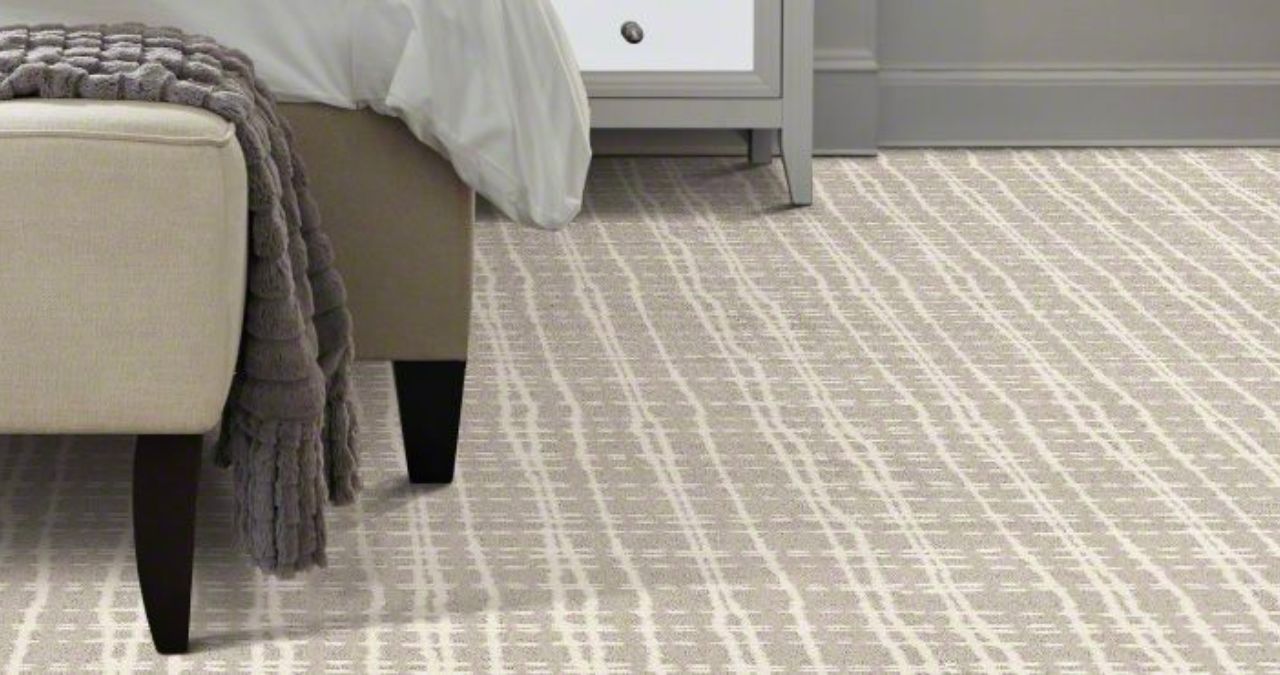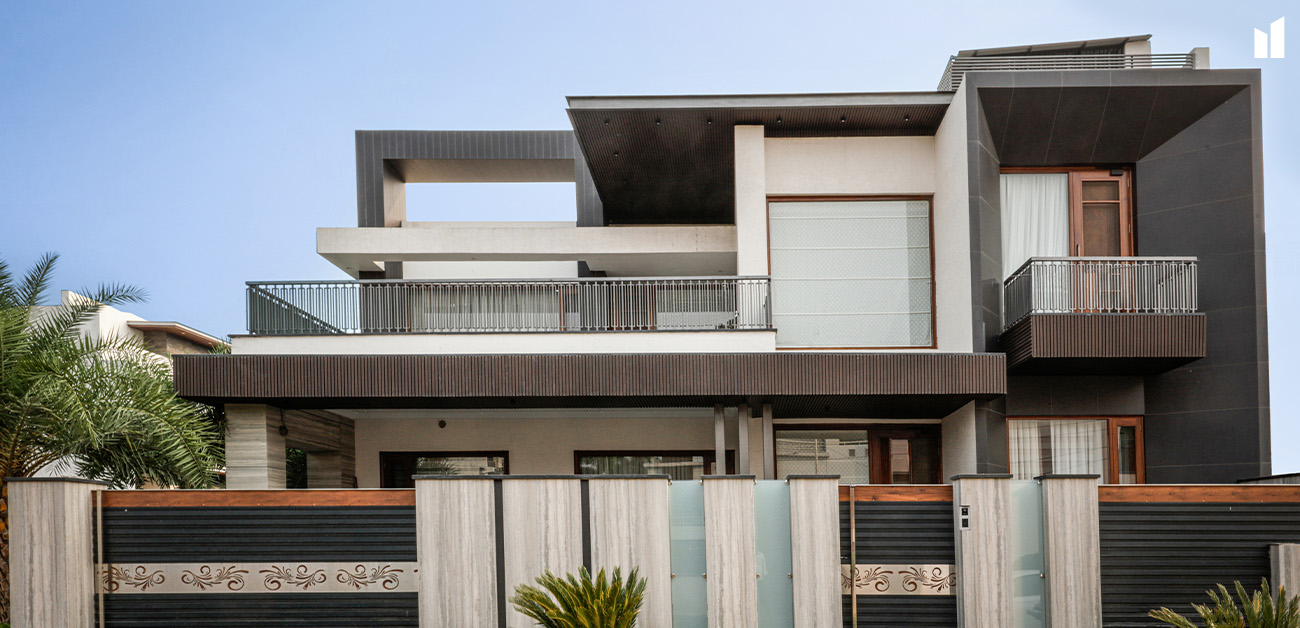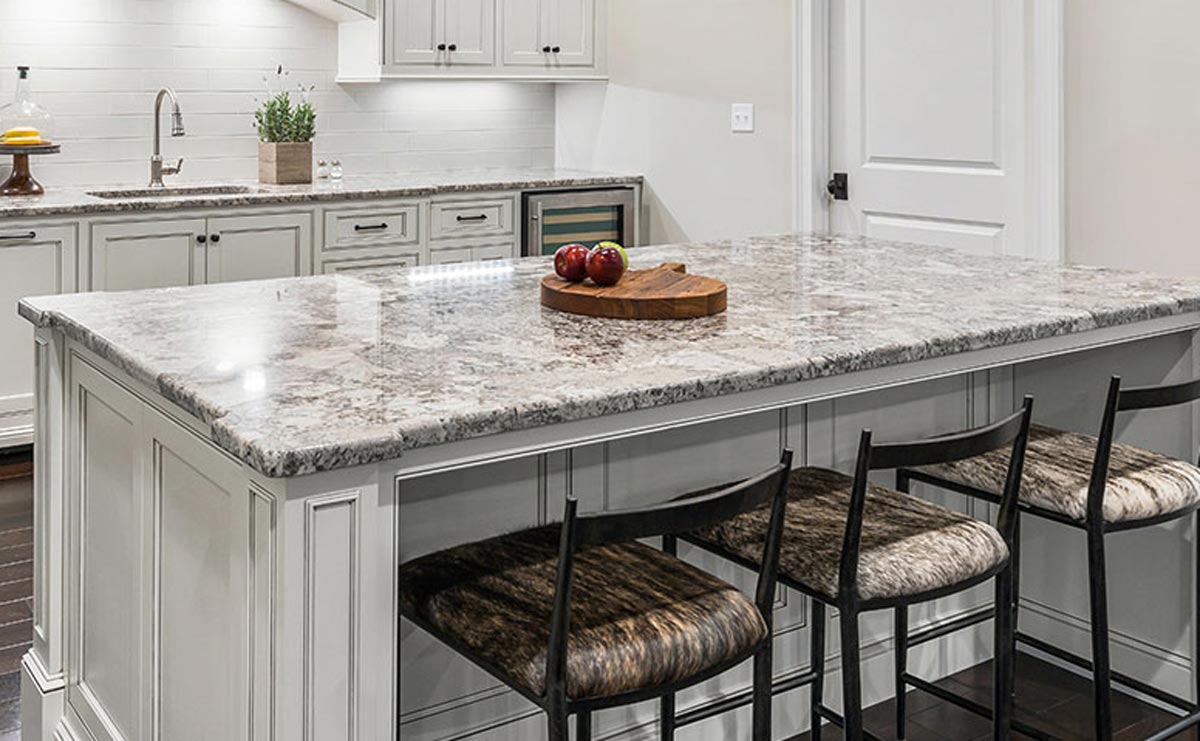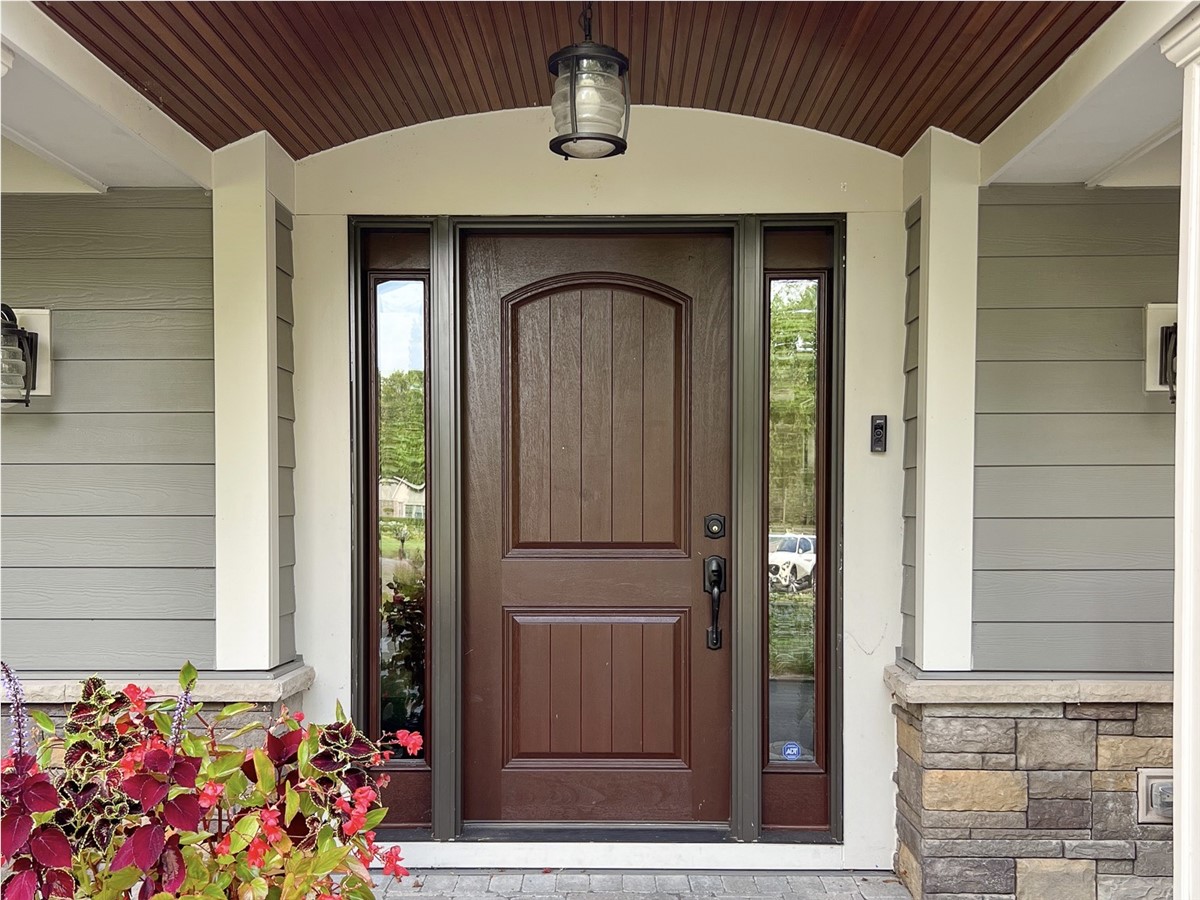Integrating carpeting with other flooring types can be a creative way to add dimension, texture, and warmth to your home. While carpeting brings softness and insulation to a space, other flooring materials like hardwood, tile, or vinyl offer durability and style in high-traffic areas. Blending these elements successfully requires careful planning to ensure a cohesive, polished look. Here’s a guide on achieving a harmonious transition when mixing and matching carpeting with other flooring types.
1. Consider the Functionality of Each Room
Different areas of your home serve unique purposes, which should influence your flooring choices. High-traffic areas, such as entryways and kitchens, benefit from durable surfaces, while spaces meant for relaxation, like bedrooms or family rooms, can feel cozier with carpeting.
How to Approach It: Use hard flooring, such as tile or vinyl, in places prone to spills, water exposure, or frequent foot traffic. Reserve carpet for spaces where comfort is a priority, like bedrooms and living rooms. By matching flooring types to a room’s function, you enhance each area’s usability and aesthetic appeal.
2. Use Area Rugs to Blend Carpeting with Hard Floors
Area rugs are a fantastic bridge between carpeted areas and hard flooring. They introduce texture and color while softening the feel of a hard surface, making it easier to create a unified look across different flooring types.
How to Approach It: Place an area rug where hard flooring meets carpet, ensuring it complements both styles. For example, a large rug with subtle patterns can connect a carpeted living room with a hardwood dining area. Select a rug that incorporates colors or patterns from both flooring types, helping to tie the rooms together visually.
3. Maintain a Cohesive Color Palette
When mixing carpet with other flooring types, color consistency plays a vital role in achieving a balanced appearance. A unified palette prevents flooring transitions from feeling abrupt or disconnected, while also supporting your overall interior design.
How to Approach It: Choose carpeting and hard floors within the same color family. For instance, pair neutral carpets with hardwood floors in a similar tone. If your hardwood has warm undertones, choose a carpet in beige or taupe; for cooler-toned wood, consider gray carpeting. By keeping the colors aligned, you can ensure that the different materials blend rather than clash.
4. Consider Texture and Pattern Coordination
Texture and pattern add personality to your floors, but balancing these elements between carpeting and other flooring types is essential. If one floor has a strong pattern, using a simpler design in the other area can prevent overwhelming the space.
How to Approach It: If your carpet has a bold pattern, opt for a more subdued hard floor, like smooth tile or hardwood with minimal grain. Alternatively, if you’re using a rich-textured or visually intricate hardwood, choose a solid, low-pile carpet for adjacent areas. This coordination allows each floor to stand out without competing visually, creating a tasteful balance.
5. Use Transition Strips for Seamless Flow
Transition strips are essential when two flooring types meet, especially when they vary in height or texture. These strips provide a clean, professional-looking boundary that keeps the floors level, minimizing trip hazards while visually enhancing the transition.
How to Approach It: Transition strips come in various materials, such as metal, wood, and vinyl, allowing you to match them to both floor types. A well-chosen strip blends with the floors without drawing too much attention. For example, a wooden transition strip might work well between hardwood and carpet, while a sleek metal strip could suit the boundary between tile and carpet.
6. Highlight Focal Areas with Carpet
In some spaces, you might want to emphasize certain areas, like a sitting nook or dining space, by selectively using carpet alongside hard floors. This approach draws attention to specific zones within an open floor plan while adding a layer of comfort and coziness.
How to Approach It: Consider using carpet to designate a living area within a larger open space. For instance, carpet under a seating area in an otherwise hard-floored room can help define the zone without needing walls or partitions. This design choice brings softness to high-use areas and visually organizes the space without overwhelming it.
7. Choose Complementary Flooring Types for High-Impact Spaces
Mixing flooring types can enhance the beauty of high-impact areas like entryways or staircases, where design details are more likely to be noticed. Combining carpet with contrasting flooring types creates visual interest, drawing attention to these spaces.
How to Approach It: Use carpet runners on hardwood or tiled stairs, adding softness and a sound buffer while showcasing the natural appeal of the harder material. In an entryway, you might combine a durable hard floor with a small carpeted area to create an inviting welcome space. Choosing high-quality materials for these areas ensures they remain attractive and functional.
8. Mind the Style of Your Home
Your home’s architectural style should guide your choice of flooring combinations. Traditional homes, for instance, may benefit from rich wood floors paired with elegant carpet, while modern interiors might look best with sleek tile and understated carpeting.
How to Approach It: In classic or traditional settings, consider plush or patterned carpeting alongside warm hardwood. For more contemporary spaces, sleek tile or polished concrete with minimalistic, low-pile carpet maintains the clean lines and modern aesthetic. By selecting flooring that reflects your home’s style, you create a harmonious and intentional design.
9. Create Visual Flow with Flooring Layout
Thoughtfully arranged flooring can guide movement through your home, creating a natural flow between rooms. Strategically placing carpets and hard floors can subtly direct the eye and encourage movement, making your space feel connected and thoughtfully designed.
How to Approach It: Place carpet in areas where you want to encourage relaxation, such as living rooms and bedrooms, and hard floors in hallways or transitional spaces. For example, use hard flooring in a corridor that leads to a carpeted family room, naturally guiding guests from one space to another. This approach fosters a sense of progression through the home, adding intentionality to your flooring choices.
10. Don’t Overlook Maintenance Needs
Each flooring type has its own cleaning and maintenance requirements, which can influence where you place carpet versus harder materials. Choosing the right floor for each space ensures ease of care while maintaining the beauty of both carpeted and hard-floored areas.
How to Approach It: Carpeting tends to hold dust and allergens, so it’s ideal in rooms where you can vacuum regularly, like bedrooms. Hard flooring, being easier to wipe clean, may be preferable in high-traffic zones or near entrances. By factoring in cleaning needs, you can keep each area looking its best while reducing upkeep time and effort.
Bringing It All Together
Mixing carpet with other flooring types opens a world of design possibilities, allowing you to balance comfort, style, and functionality throughout your home. By considering each point carefully—from color harmony and texture balance to practical transitions and layout—you can create a thoughtfully integrated space that feels cohesive and stylish. Embrace the versatility of combining flooring materials to design a home that reflects both elegance and everyday practicality.















